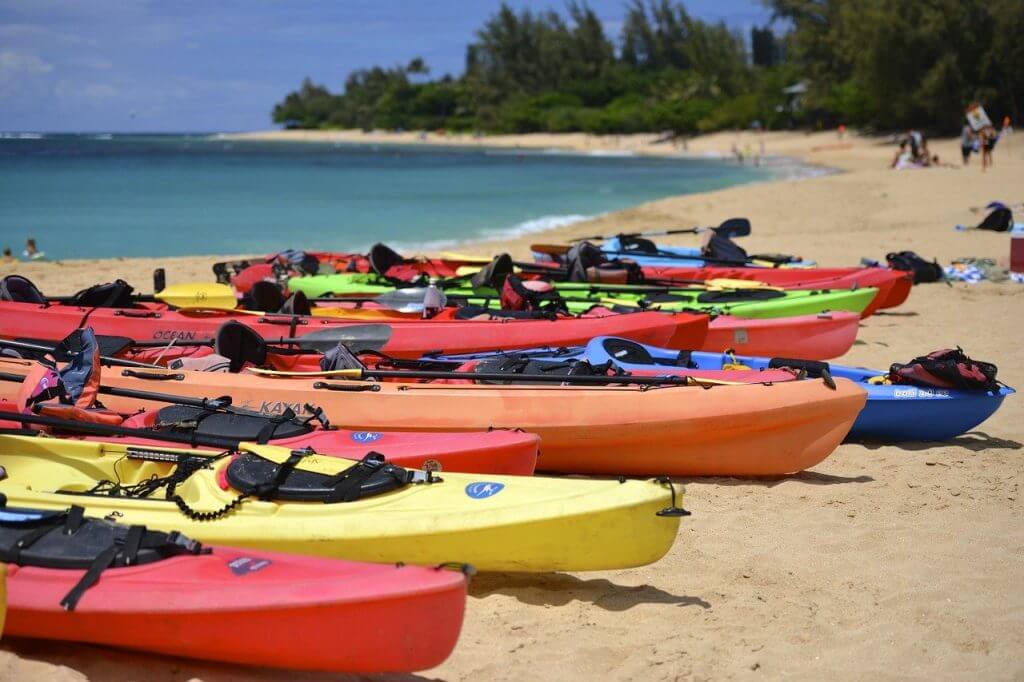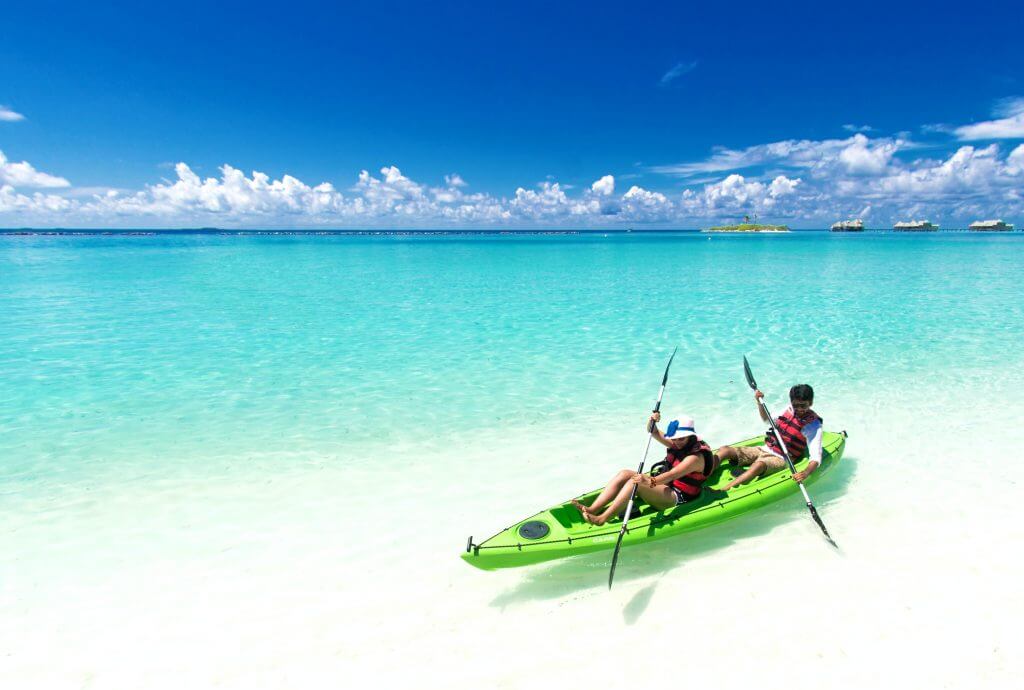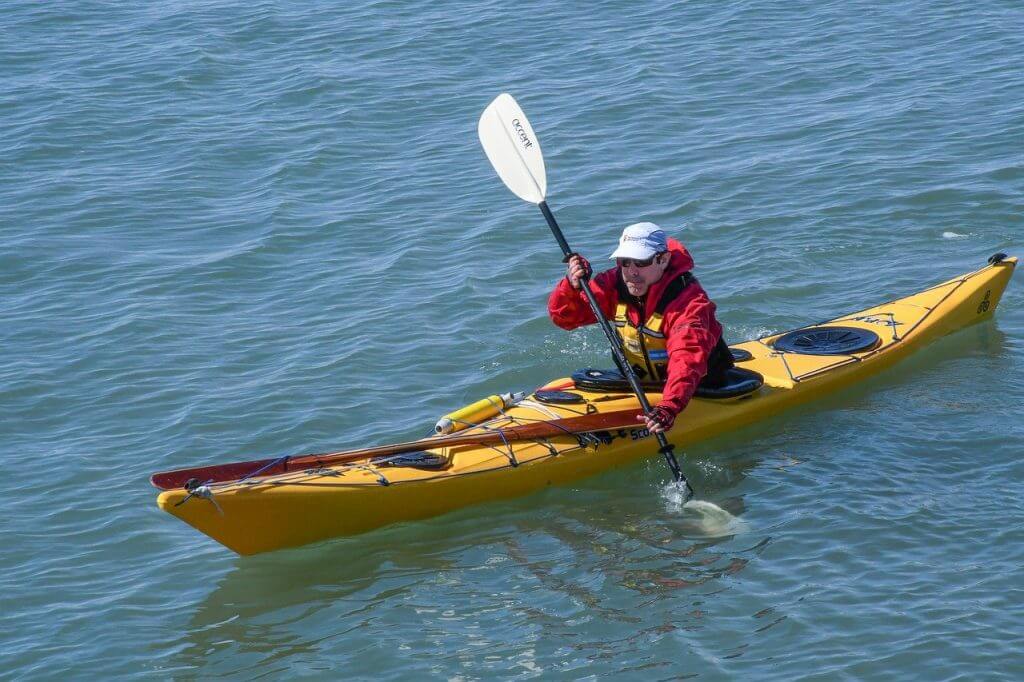
Owning a kayak is an inexpensive way to explore the water whenever the mood takes you. Whether you are in for a slow and peaceful day flatwater kayaking or a fast paced swift moving whitewater kayaking, you can get an excellent workout while also having a fun enjoyable experience.
If you know where to look for, you can find some good deals on kayaks. However, choosing the right kayak to purchase can be overwhelming, especially to inexperienced or novice kayakers.
Selecting the right kayak is crucial. Your choice will allow you to be safe when you take it out on the water. Choosing the wrong type of kayak can increase the chance of an accident or injury. You can avoid this by taking the time to research and buy the right kayak for your needs.
Choosing a kayak is much easier when you know what to look for. The type of kayak, where you intend to use it, and how you intend to sit are important factors when considering which kayak to choose.
To make sure you get the right kayak and the best from your choice, take look at our guide below.
Types of Kayak
The types of kayak on the market generally fall into the following categories:

- Sit-in day touring kayak: Shorter than sea-kayaks, these give great, efficient control. They are easy to handle and transport. They are also more expensive than recreational kayaks.
- Recreational kayak: Cheap and easy to paddle, they are best for occasional and novice use. Only suitable for calm waters, short trips, or paddling around a shore-line, they tend to be on the bulky side for transportation and storage. Inflatable options are available, though.
- Sea or touring kayaks: Very efficient at traveling long distances, these kayaks feature a rudder or skeg to make control easier. Such vessels are strong, robust, and made to withstand rough waters. Experienced sea paddlers will prefer this option.
- Specialist kayaks: These include inflatable or folding kayaks for those short on storage space, kayaks for fishing and other water activities, tandem kayaks, and even kayaks that feature pedals.
Sit-on-Top or Sit-In?
You have the option to either sit-on-top or sit-in a kayak. Each option has its own advantages and disadvantages:
Sit-on-top Kayak:

- Good for casual use in calm, still waters.
- Self-draining.
- Easy to get on and off, so also great for the inexperienced kayaker. These kayaks are better for warm conditions – you will always get wet when using a sit-on kayak.
- Some models have watertight compartments for storing belongings.
- Those keen on fishing can fit a rod-holder to a sit-on kayak.
- Sit-on-tops are the heaviest type of kayak.
Sit-in Kayak:

- You will be kept drier and warmer while using a sit-in, making them the best choice for cold conditions.
- Sitting in the canoe gives you greater control of the vessel and the ability to perform swift maneuvers.
- They require less effort and energy to paddle.
- You will need a kayak bilge pump if riding on rough waters. Otherwise, you run the risk of swamping your kayak.
- You’ll need some knowledge of how to safely and properly exit the canoe in case you capsize.
Where Will You Paddle?
The type of water you intend to kayak on will influence your choice of kayak. There’s a big difference between the rolling ocean and a calm lake, and the kayak needs to be able to cope with the associated conditions.
- The ocean: This is the most volatile type of water to paddle in. You’re battling with tides, changing weather, and currents, all of which can be unpredictable. For this type of water, a kayak with a fixed tracking fin or rudder will give you more control over your vessel.
- Rivers: Whitewater rapids are a different ballgame, reserved for experienced kayakers and specialist equipment. Most recreational kayakers paddle on calm rivers. For this, a stable, sit-in short kayak is ideal.
- Lakes: You need to know your lake to decide on the right kayak. You can navigate calm lakes, where you don’t intend to travel long distances, with a recreational canoe. A kayak suitable for the ocean will be better for larger, rougher lakes affected by the weather.
- Rivers and lakes: If you plan to kayak on different types of water, then you can still use a short, sit-in boat as long as the waters are gently flowing and relatively still. For rougher waters or a mixture of calm and rough, favor a longer boat with a rudder.
Make sure you consider your size and weight when deciding which kayak to buy. The bottom line is it needs to be comfortable, and you must be able to control it properly. Talk to your local kayak specialist if you’re unsure. Also review the kayak safety tips from the National Park Services before starting. Whatever you choose to buy, stay safe and happy paddling!
Share this:




